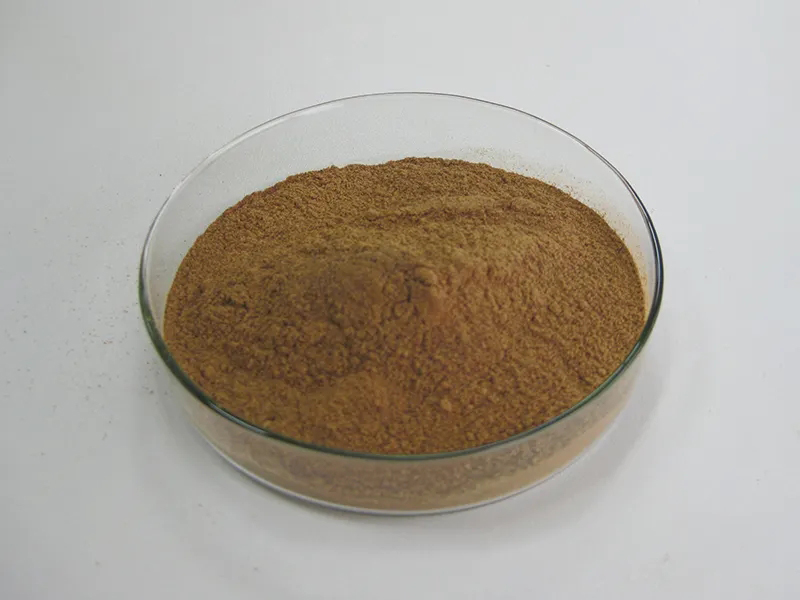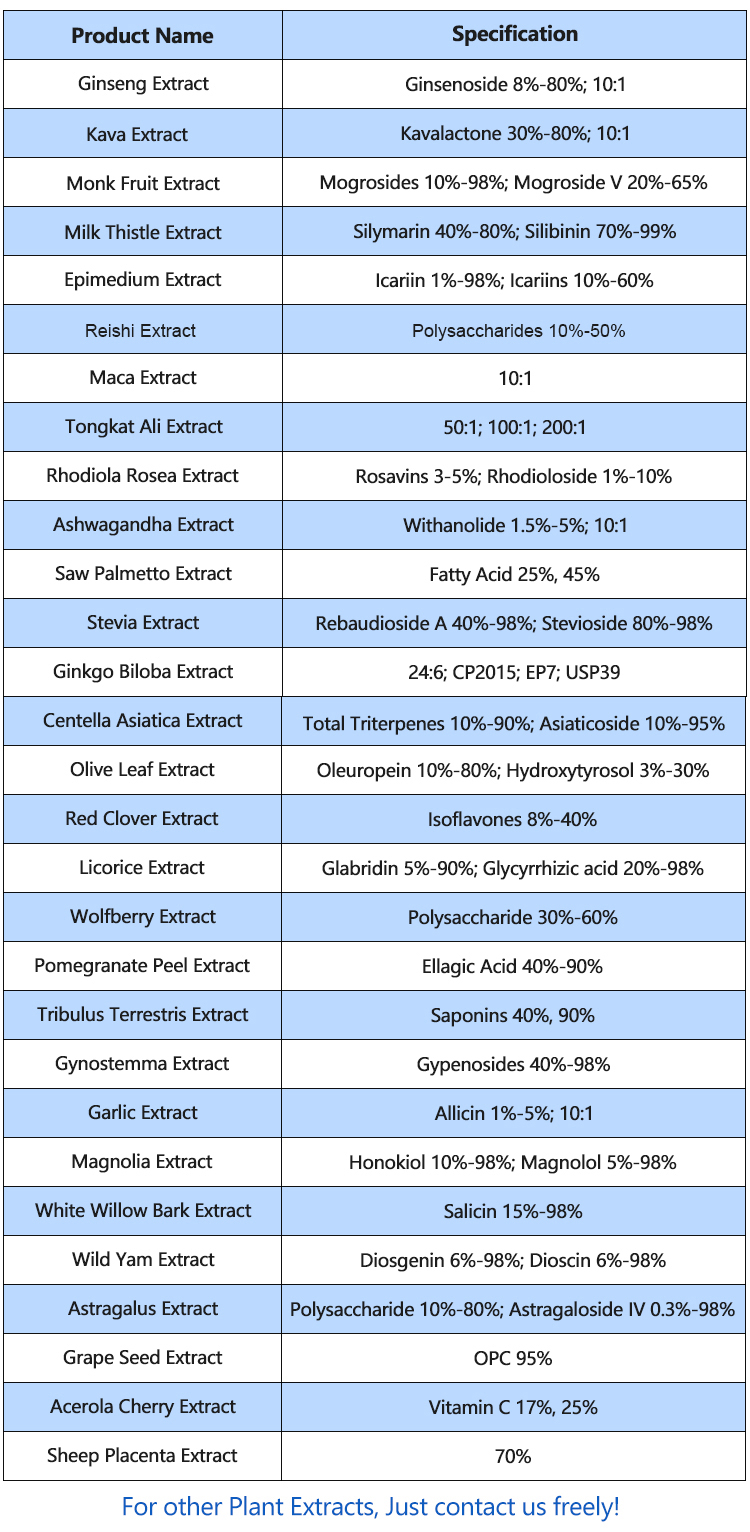Turkesterone is a phytoecdysteroid, a type of plant-derived compound that is structurally similar to insect molting hormones called ecdysteroids. Turkesterone, specifically, is a prominent ecdysteroid found in certain plants, particularly in the family Ajugaceae. It is known for its potential benefits in promoting muscle growth, improving athletic performance, and supporting overall health.
Here is an overview of the origin, nature, and introduction of turkesterone:
Origin of Turkesterone:
Turkesterone is primarily found in plants, with Rhaponticum carthamoides being one of the most notable sources. This plant, also known as Maral root or Leuzea, is native to Central Asia, including regions such as Siberia and Kazakhstan.
Other plants in the Ajugaceae family, such as Ajuga turkestanica, have also been identified as sources of turkesterone.

Nature of Turkesterone:
Turkesterone belongs to the class of compounds known as ecdysteroids. Ecdysteroids play a role in the molting process in insects, but they have also been studied for their potential effects on mammals, including humans.
The chemical structure of turkesterone is similar to that of insect molting hormones. However, its effects in mammals are different, and it has gained attention for its potential as a natural anabolic agent.
Introduction and Usage of Turkesterone:
Turkesterone has been introduced as a dietary supplement, particularly in the fitness and bodybuilding communities. It is often marketed as a natural alternative to synthetic anabolic steroids.
Supplements containing turkesterone are promoted for their potential to enhance muscle growth, increase strength, and improve athletic performance. Some users also claim benefits such as improved recovery and reduced fatigue.
While there is some research suggesting positive effects on muscle protein synthesis and other physiological processes, more studies are needed to fully understand the mechanisms and efficacy of turkesterone in humans.

4.Research and Future Studies:
The research on turkesterone is still in its early stages, and more studies are required to establish its safety, optimal dosage, and long-term effects.
Some animal studies and in vitro research have shown promising results, but extrapolating these findings to humans requires further investigation.
It’s essential to note that the regulatory status and acceptance of turkesterone as a dietary supplement may vary in different countries, and individuals should exercise caution and consult with healthcare professionals before using it. As with any supplement, potential benefits and risks should be carefully considered, and claims should be supported by robust scientific evidence.
